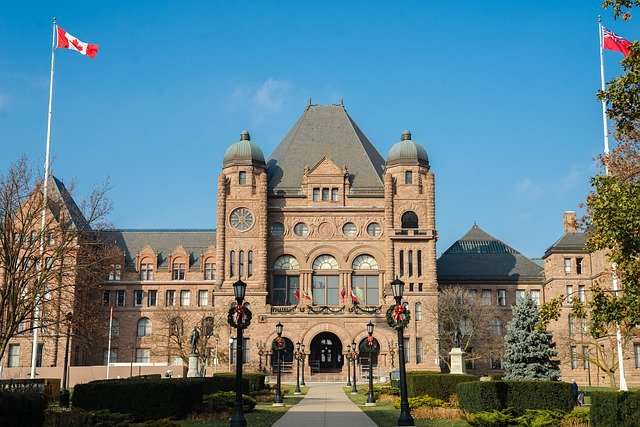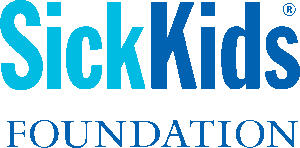Five (more) ways to make governance accessible under ONCA
About a year ago, I wrote about a few ways to make governance more accessible under Ontario’s Not-for-Profit Corporations Act (ONCA) on my LinkedIn. It was prompted by questions I was being asked in ONCA related workshops I was delivering. Recently, I had the privilege to learn more about this topic from Wendy Porch, Executive Director of Centre for Independent Living in Toronto (CILT).
Below are five things I took away from our conversation about how nonprofits could make their governance more accessible.
One: Building accessibility into the Director Consent Form and onboarding process
At CILT, accessibility is just a way of doing business. Wendy explained that they discuss accessibility upfront with all prospective and new directors. With such conversations, it’s often a case of the earlier the better. Nevertheless, if your nonprofit does not have a consistent recruitment or nomination process for directors, Ontario’s Not-for-Profit Corporations Act (ONCA) at least requires that your elected directors consent in writing to act as directors (s.24(8)).
I often tell nonprofits that this consent form does not have to simply be extra paperwork. It can be a meaningful part of the onboarding process as nonprofits can include all kinds of information in this consent form. Consequently, nonprofits can both invite directors to identify ways in which they need to be supported to do their job most effectively as well as make clear the organization is actively working towards accessible governance and operations.
Two: Ensuring accessible signing authorities
Wendy shared that sometimes institutions require signatures on documents to be in a particular form that may arbitrarily prevent signing authorities with vision or motor impairments from signing. It is important to remember that requirements for physical signatures are choices of an institution not a requirement of the law. ONCA offers a very broad definition of electronic signatures (s.1(1)) that allows you to take a very flexible approach to your signing authorities if you choose to.
“Electronic signature means an identifying mark or process that is,
- (a) created or communicated using telephonic or electronic means,
- (b) attached to or associated with a document or other information, and
- (c) made or adopted by a person to associate the person with the document or other information, as the case may be;”
Nonprofits will want to check their bylaws and policies to make sure there aren’t unintentionally restrictive rules that predate the more modern and flexible definition above.
Three: Longer notice periods ahead of board or members meetings
Wendy pointed out that while using plain language and multimedia supports can help all directors and members by simplifying complex material, there is a limit to how simple material can be without compromising the content. In such cases, she noted, it is important to give sufficient time in advance and opportunity for people to ask questions.
It’s amazing what time can do for accessibility. You can help ensure there is lead time by providing notice well in advance of meetings. ONCA says notice of members’ meetings can be sent as early as 50 days before and does not limit how early notice of board meetings can be sent (s.55(1)). If you are worried that will prevent you from turning around decisions quickly, you can always provide for a range of notice in your bylaws (e.g. 10 to 50 days).
This is a great example of how more accessible governance often means more democratic governance. I often tell nonprofits that especially if they are dealing with a controversial decision, providing ample opportunity to discuss the matter ahead of the deciding vote will help smooth that final discussion and ensure whatever the final decision is more likely to be viewed as legitimate, and less open to challenge.
Four: Allowing support people in meetings
Another way Wendy identified to help decision-makers (be they directors or members) make better decisions is to ensure they have a support person of choice with them in the room to help translate and explain information as needed. This has been something CILT has done in the context of public consultations, but we can also use this practice in the context of board and members’ meetings. While ONCA limits who has a right to attend meetings (e.g. only directors at board meetings and only members, directors, and auditor at members’ meetings), ONCA also provides you with the flexibility to include a right for others to attend these meetings.
You therefore have the option to enshrine in your bylaws a right of members or directors to choose a support person to attend with them.
If you choose to implement this practice, be aware that your nonprofit may have obligations under privacy law that require you to exclude non-directors from confidential discussions. In such cases, it may still be possible to include support persons, provided you have them sign an appropriate confidentiality agreement.
Five: The fiduciary imperative to be accessible
Wendy pointed out that in order for directors and officers to fulfill their duty to the nonprofit to “exercise the care, diligence and skill that a reasonably prudent person would exercise in comparable circumstances.” (s.43(1)(b)), they need to be able to access and understand all material presented to them. This makes accessibility not just a good practice but a legal imperative to support boards in the same way the law clearly recognizes that directors and officers need to get expert advice when dealing with financial questions outside of their expertise.
Did we miss anything?
What practices have you put in place to make your governance more accessible? We’d love to learn and share more! Please reach out to benjamin@theonn.ca.






